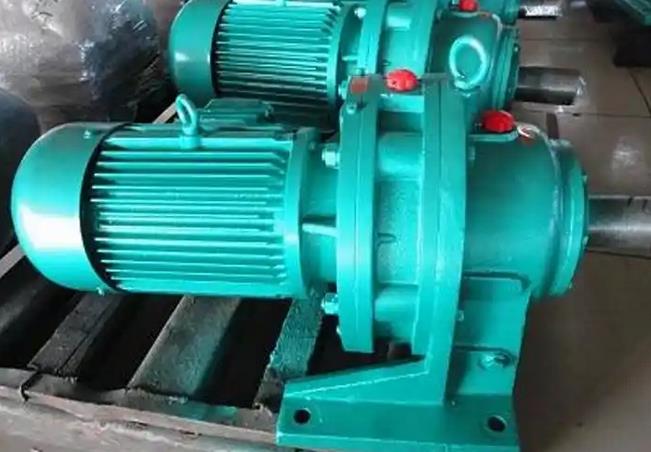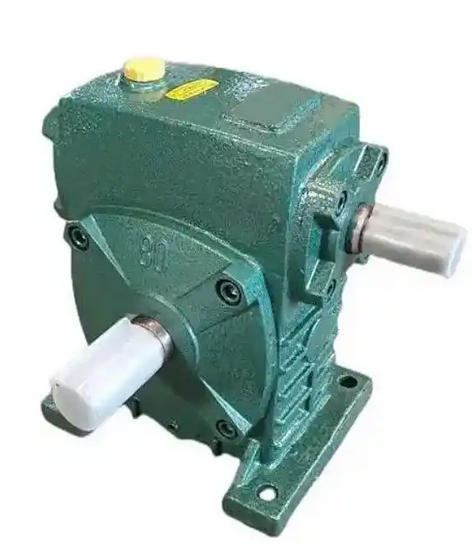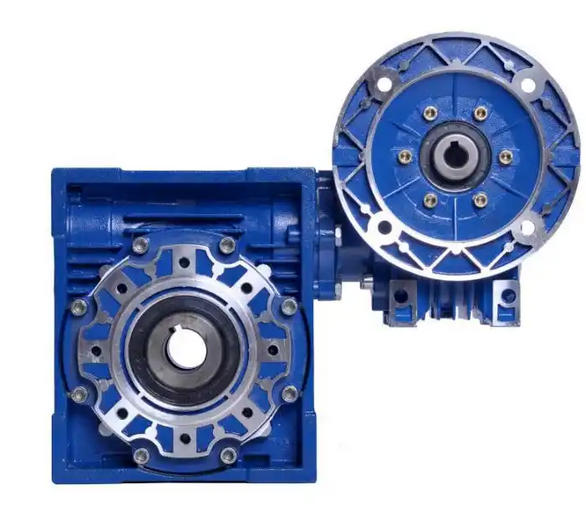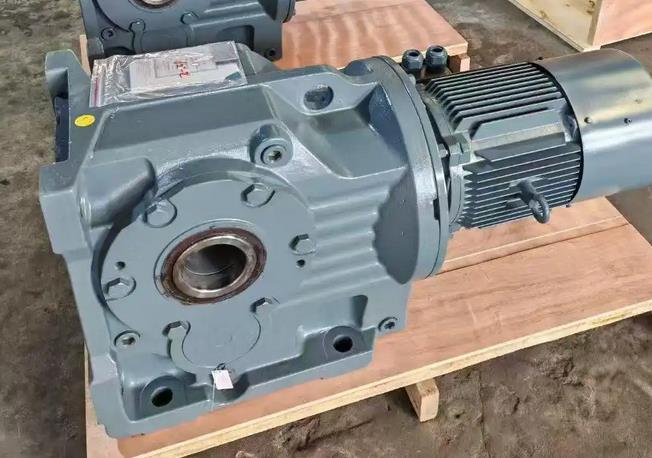Gear wear can affect the performance of the KF87-19.45-Y2-160M hard-tooth surface reducer in what ways?
Gear wear can have the following effects on the performance of KF87-19.45 hard tooth reducer:Decreased transmission efficiency: Wear will cause a decrease in gear meshing efficiency, increase friction between tooth surfaces, and increase energy loss. This will consume more energy during the operation of the gearbox, reduce the effective power output, and require more electrical energy for driving equipment such as motors to maintain operation. Long term use will increase energy consumption costs.

Increased noise and vibration: The worn gear teeth are no longer smooth, and the contact during meshing is irregular, which will generate additional impact force and vibration, leading to an increase in the operating noise of the gearbox. These unstable dynamic characteristics not only affect the quietness of the working environment, but may also have adverse effects on surrounding equipment and structures, such as loosening connecting components and accelerating wear of other parts.
Reduced transmission accuracy: Gear wear may lead to tooth profile distortion, increased tooth flank clearance, and inability to maintain the original meshing accuracy. In some application scenarios that require high transmission accuracy, such as automated production lines, precision machining equipment, etc., problems such as inaccurate motion control and decreased product processing accuracy may occur. For example, the operation of high-precision equipment such as stepper motors may be affected, resulting in tooth skipping or jamming.
Decreased bearing capacity: After gear wear, the contact area of the tooth surface decreases, and the load per unit area increases. Under heavy load conditions, failure modes such as fatigue wear and tooth surface adhesion are more likely to occur. In severe cases, it may cause gear teeth to break, making the reducer unable to transmit power normally, shortening its service life, and increasing equipment maintenance and replacement costs.
Transmission ratio change: The reducer relies on precise gear matching to achieve a specific transmission ratio. After gear wear, its size and shape change, which can cause deviation in transmission ratio, resulting in output speed and torque not matching the design values, affecting the performance of the entire transmission system, and even potentially causing equipment to malfunction.





